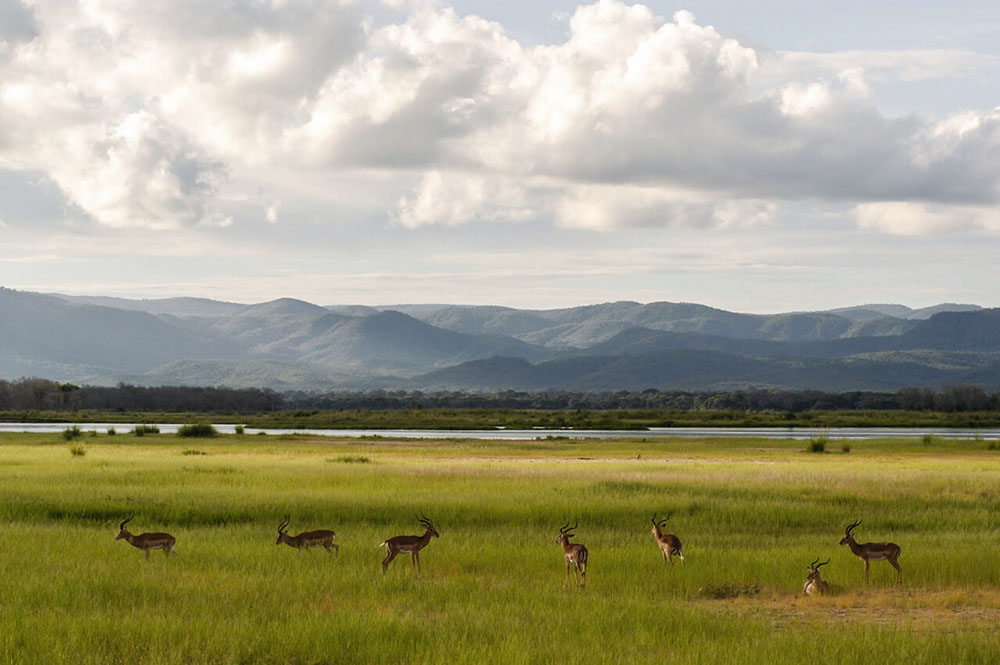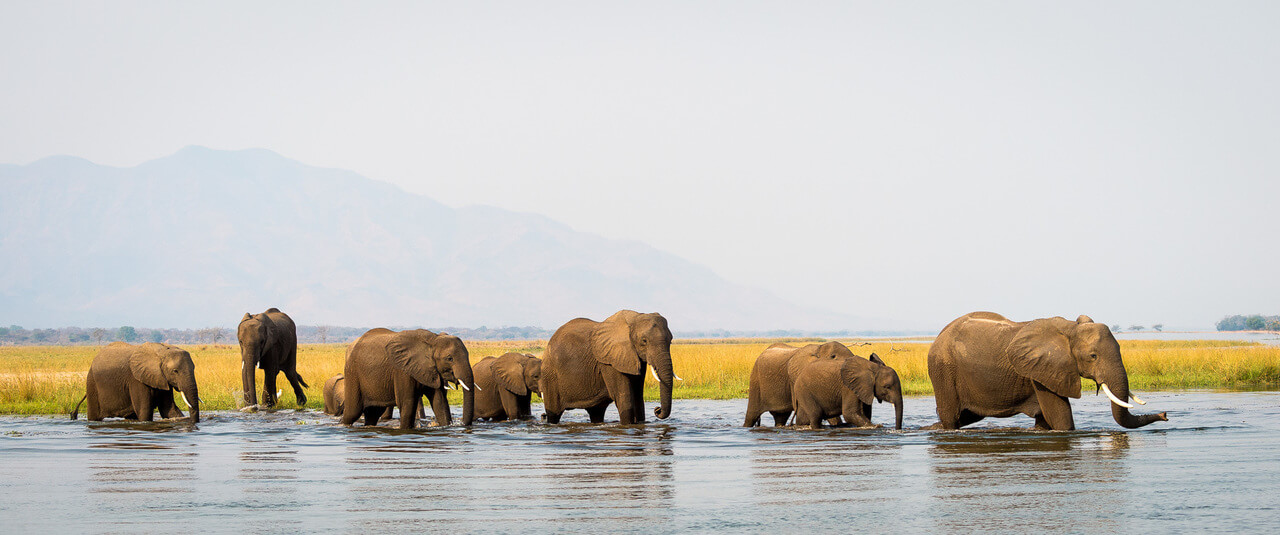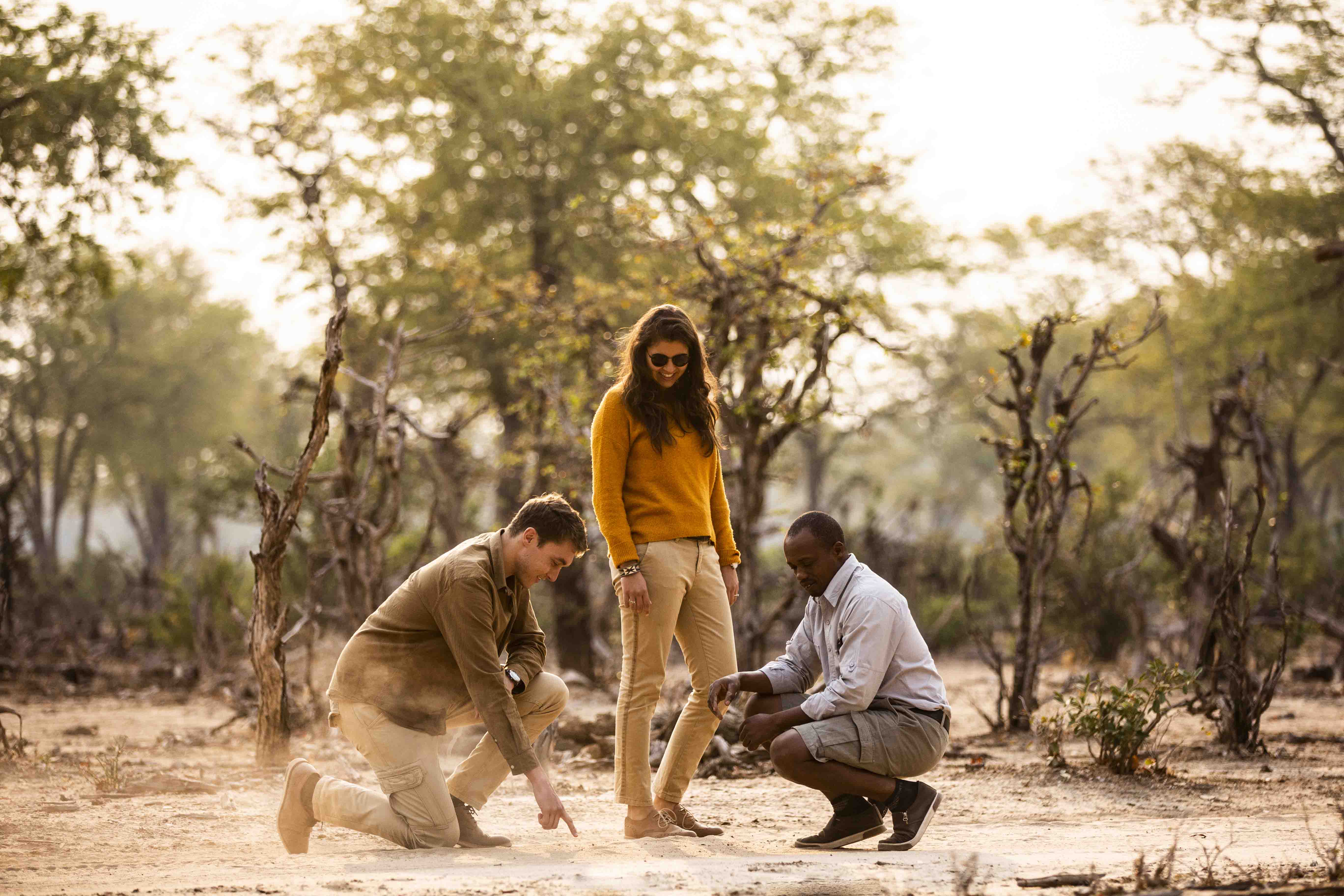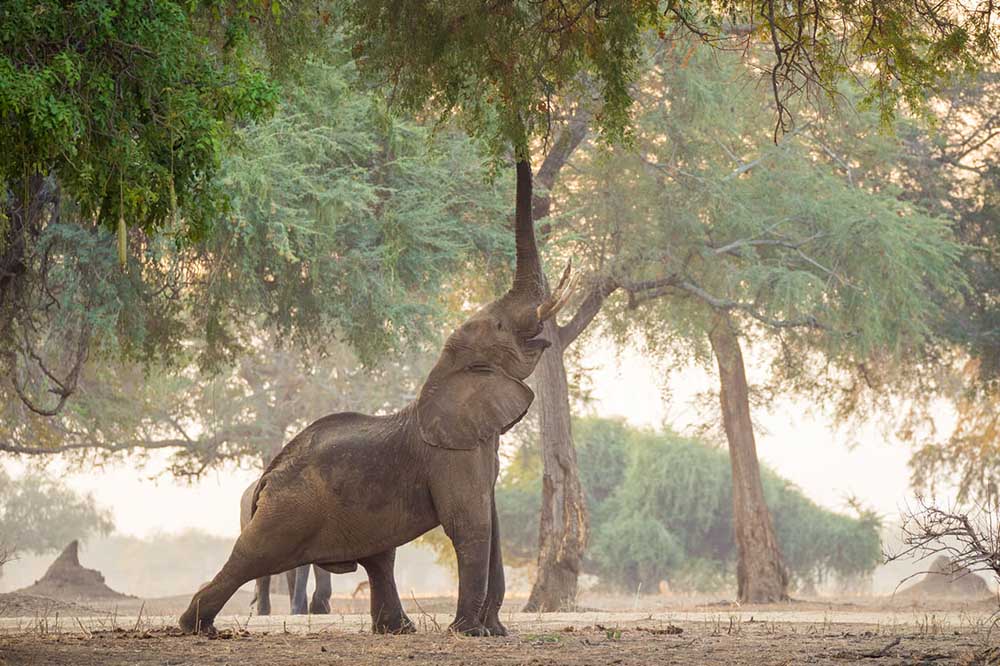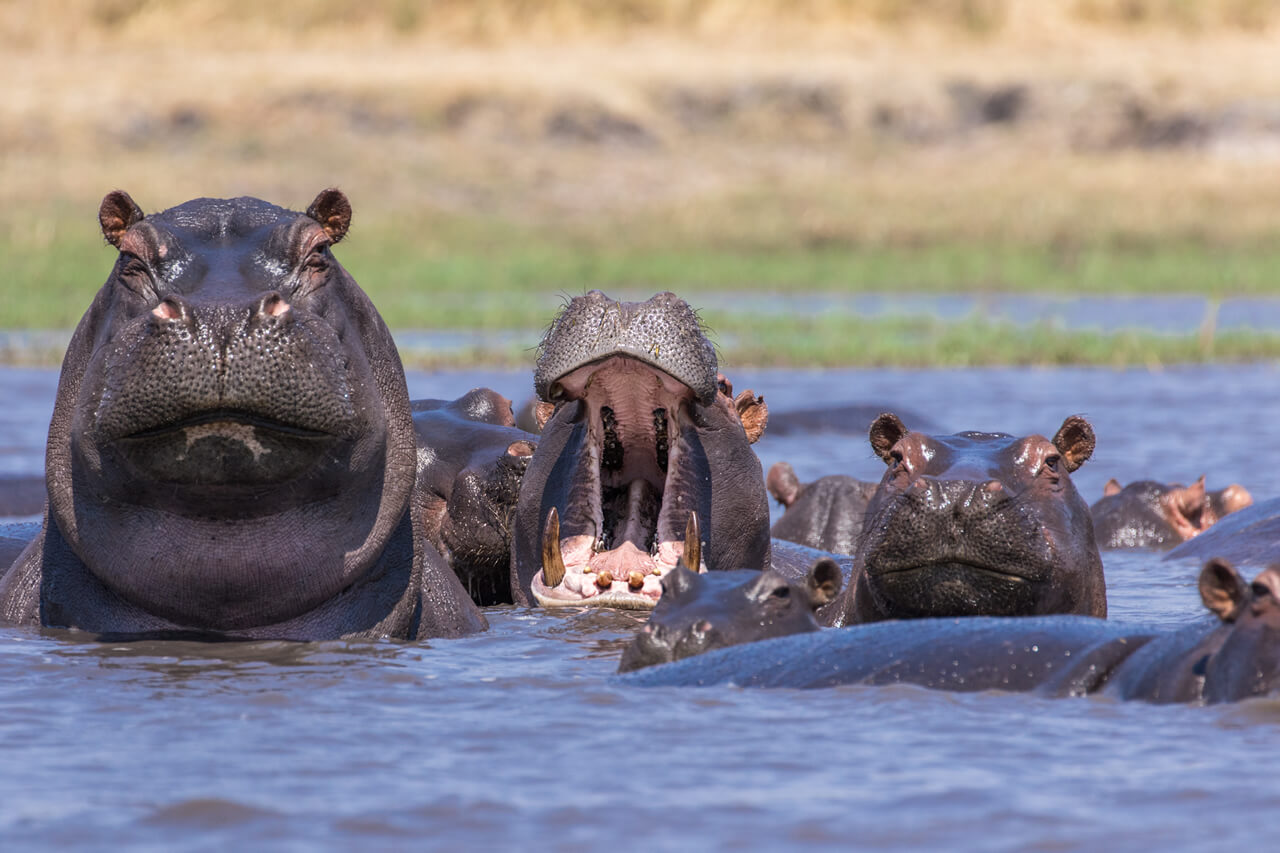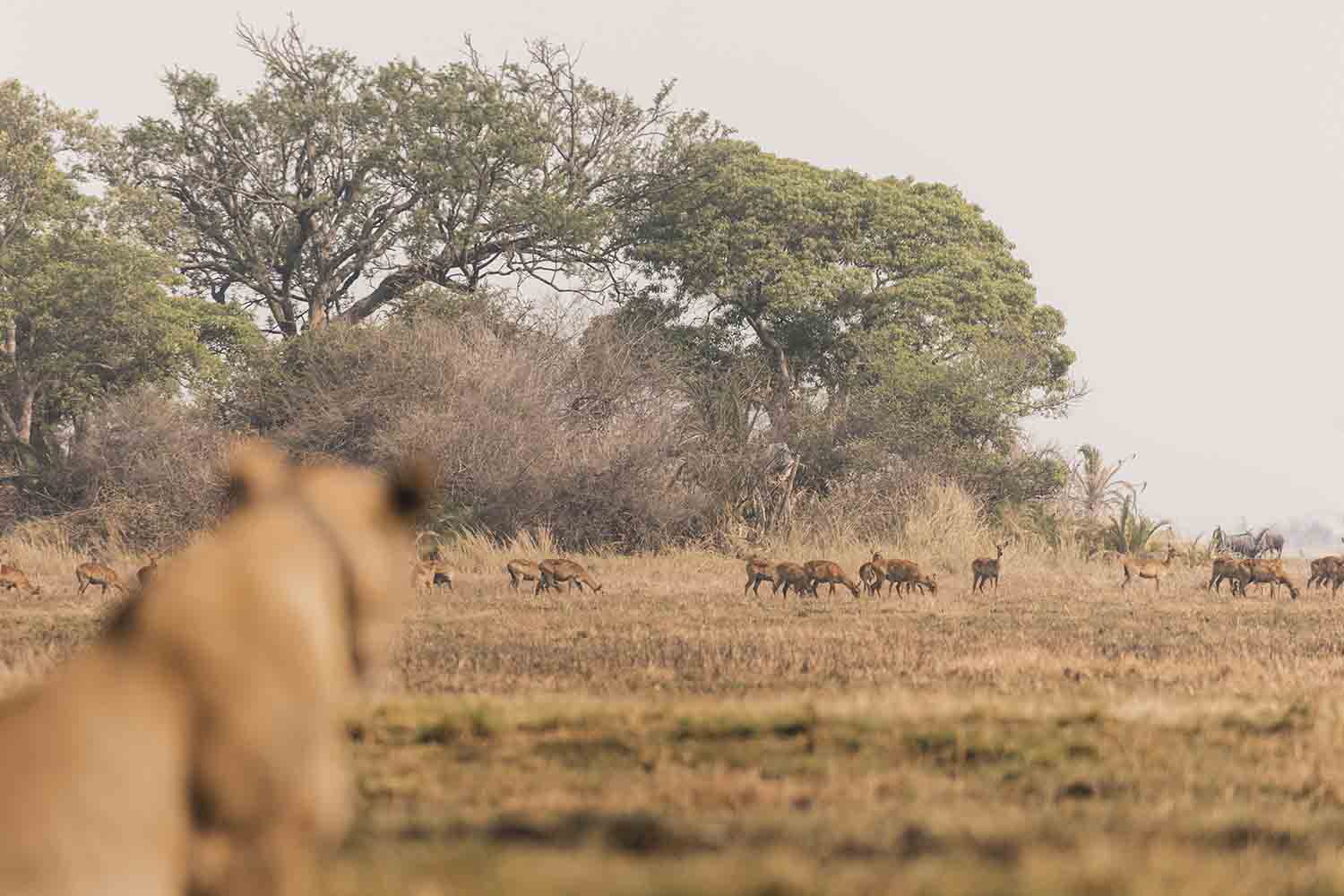Experience safari abundance in the dry season
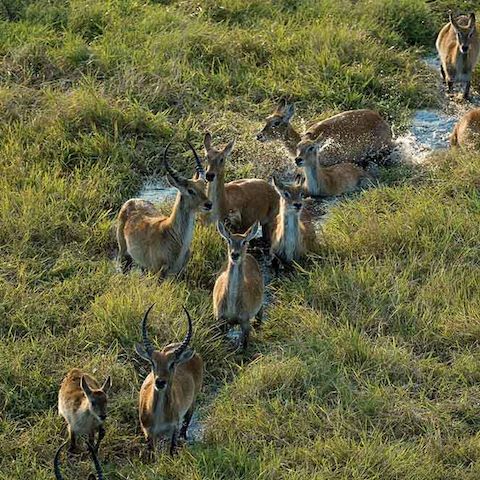
Why some safari camps close for the summer
A breeding paradise for birds
01 /
06
Changing of the seasons
01 /
06
Why wait for next season to travel to our camps in Mana Pools?
Prime wildlife viewing at Ruckomechi
Wilderness Ruckomechi
Enjoy access to one of Zimbabwe’s most productive game-viewing regions, the riverine belt of iconic Mana Pools. Find adventure in the floodplains on a game drive in search of wildlife, or canoeing or catch-and-release fishing on the Zambezi River. Or on foot, taking in the pristine beauty of this wild, wonderful place.
View camp01
/
07
Chikwenya’s unique offerings
Wilderness Chikwenya
At the confluence of the Sapi and Zambezi Rivers, sublime tranquillity meets exceptional wilderness at Chikwenya. This private conservation area on Mana Pools’ eastern boundary is wild, exclusive, and bristling with iconic African wildlife with an air of untamed adventure. Come explore.
01
/
07
Can I combine Ruckomechi and Chikwenya?
Why the Kafue, and Busanga Plains?
Wilderness Busanga Bush Camp
Wilderness Busanga Bush Camp epitomises an authentic and intimate, luxury safari in remotest South-Central Africa: Kafue National Park’s Busanga Plains. Tucked under sycamore fig trees on an island in the heart of the Busanga Plains, this exclusive four-tent camp is the ideal base for watching an unparalleled wildlife extravaganza unfold.
View camp01
/
06

Let’s plan your next journey
Ready?
When we say we’re there every step of the way, we mean it, literally. From planning the perfect circuit, to private inter-camp transfers on Wilderness Air, and easing you through Customs. We’re with you on the ground, at your side, 24-7, from start to finish. Ready to take the road less travelled? Contact our Travel Designers to plan an unforgettable journey.
